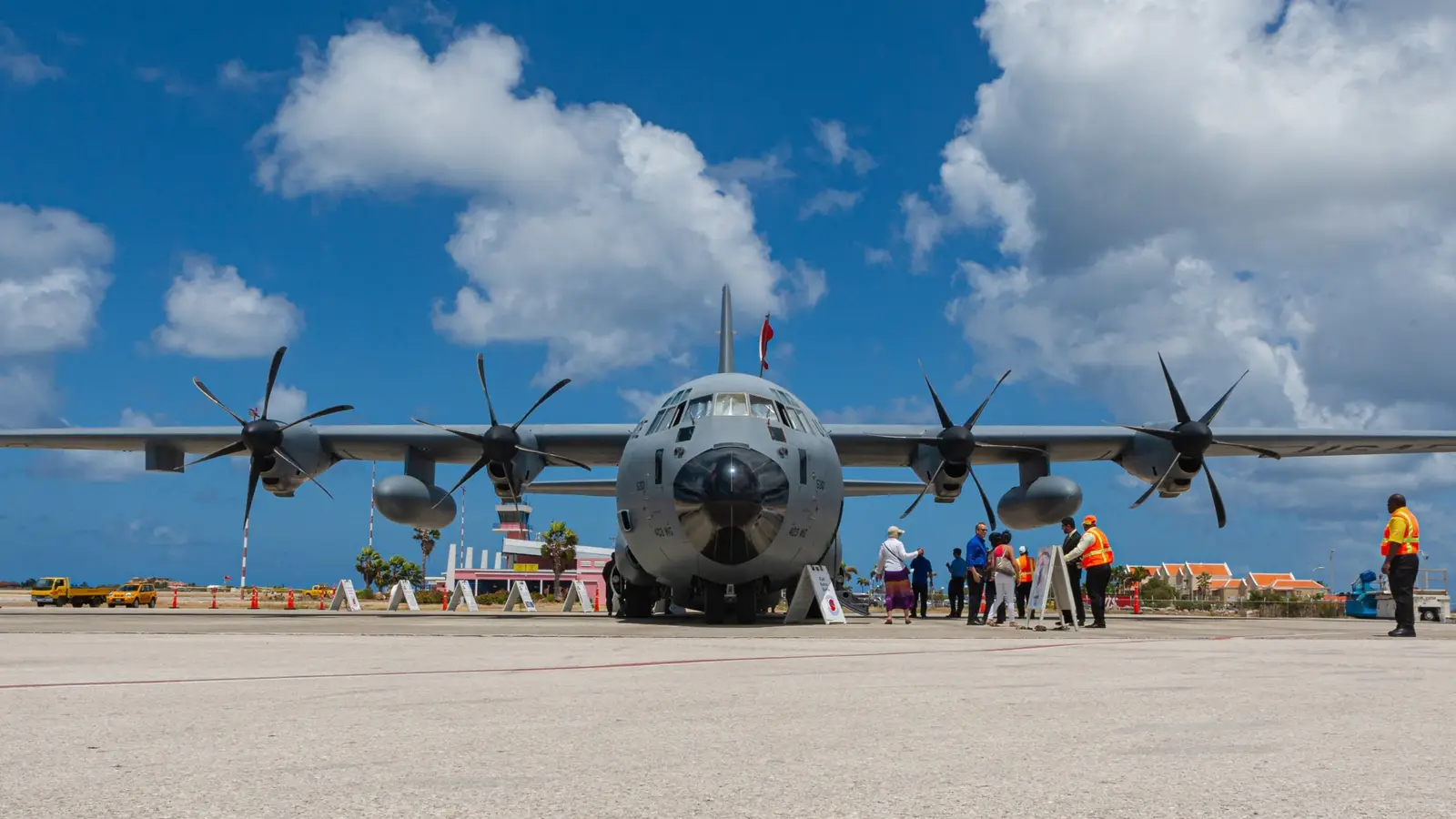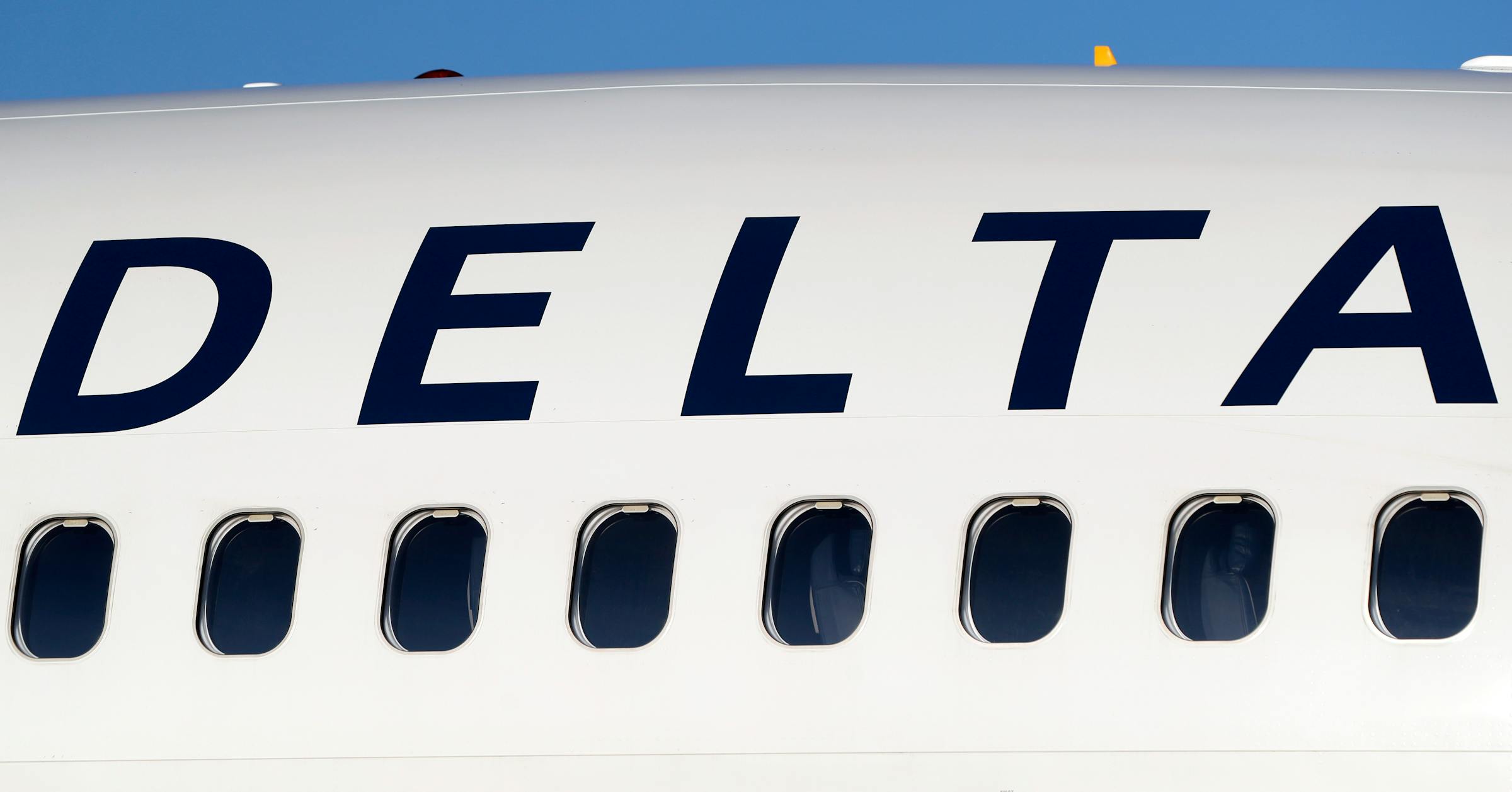Copyright Simple Flying

Hurricane Melissa is set to make landfall in Jamaica, as the Caribbean island prepares to face what is reportedly set to be the strongest storm anywhere in the world in 2025. However, while this means that commercial aviation operations have ground to a halt, other planes are still in the sky. Most notably, such extreme weather events often attract specialized aircraft known as hurricane hunters. These modified planes are designed to be able to withstand the full force of such atmospheric phenomena, meaning that they can fly right through the eye of the storm. While a seemingly dangerous task, such missions can play a crucial role in gathering data that helps us understand tropical storms. At Least Two Hurricane Hunters Were Active Today As detailed in the graphic above, tracking data from Flightradar24 showed that at least two hurricane hunter aircraft were flying in and around Melissa today as the eye of the storm sat to the southwest of Jamaica ahead of its landfall on the Caribbean island. The planes in question were a Lockheed WP-3D Orion from the National Oceanic and Atmospheric Administration (NOAA) and a Lockheed WC-130J Weatherbird. The latter belonged to the United States Air Force (USAF), and had departed from Curaçao International Airport (CUR) near Willemstad in the Dutch Caribbean. Meanwhile, the NOAA Orion flew in from Lakeland Linder International Airport (LAL) in Florida. This facility typically handles passenger flights by Avelo and cargo flights by Amazon Air, but it also serves as a base for the NOAA's two WP-3D hurricane hunter planes. According to the New York Times, one of these Orion aircraft had to abort its research mission yesterday after experiencing severe turbulence. The publication quotes NOAA spokesperson Kim Doster as saying that the plane "underwent inspection and maintenance" having abandoned its mission out of caution. However, it was soon able to get back in the skies and resume its crucial research into the storm, All About The Lockheed WP-3D Orion According to the BBC, Hurricane Melissa is expected to deliver up to 30 inches (76 cm) of rain when it makes landfall in Jamaica, with winds gusting at speeds of up to 175 mph (282 km/h). With this in mind, it is unsurprising that air travel in the region has ground to a halt apart from hurricane hunters, although, at the time of writing, a Cayman Airways Express Twin Otter was also airborne to the northwest. The New York Times notes that the two Lockheed WP-3D Orion hurricane hunter aircraft that the NOAA has at its disposal date back almost half a century, with one, nicknamed 'Kermit,' having first flown into a tropical storm as long ago as 1976. Its components are not entirely original these days, with its wings among those that have been replaced, and tens of millions of dollars have been spent on overhauls. According to a 2018 article by Mark Broadbent at Air International, the W3-PD, which is based on the standard P-3 Orion used for maritime surveillance and anti-submarine activities, has a 22-person crew and a range of 3,800 NM (7,000 km) at high altitude. This drops to 2,500 NM (4,600 km) at low altitude. The WC-130J Is The Latest Version Of A Vintage Design The Lockheed WC-130J Weatherbird is the latest variant of the WC-130 family, with this series of modified military transport aircraft dating back to the early 1960s with the WC-130B. The 'J' model is somewhat newer, having entered service in 1999. This makes it around 26 years old. According to the USAF, the WC-130J Weatherbird has a much smaller crew than the WP-3D Orion, with just five people (aircraft commander, pilot, combat systems officer, weather officer, and loadmaster/dropsonde operator) typically onboard. It has a 1,600 NM (3,000 km) range and a 28,000-foot ceiling. While the USAF is the exclusive operator of the current WC-130 fleet, the aircraft is also set to play a role at the NOAA further down the line. This, the New York Times notes, is because Lockheed Martin has been contracted to deliver two WC-130Js to the NOAA in 2030 to replace its aging Orion planes.



